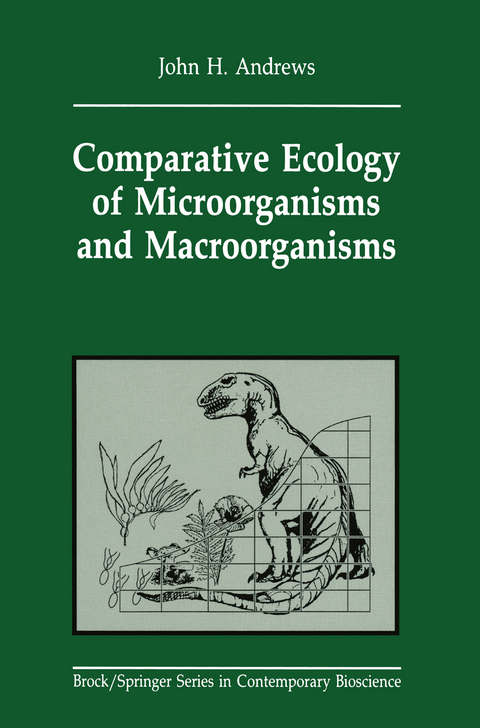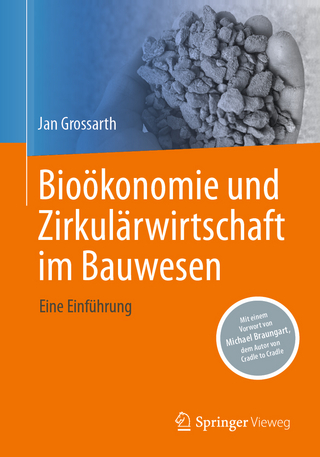
Comparative Ecology of Microorganisms and Macroorganisms
Springer-Verlag New York Inc.
978-1-4612-7786-6 (ISBN)
1 Introduction: Prospects for a Conceptual Synthesis.- 1.1 Differences and Similarities.- 1.2 A Framework for Comparison.- 1.3 What is an Individual?.- 1.4 Summary.- 1.5 Suggested Additional Reading.- 2 Genetic Variation.- 2.1 Introduction.- 2.2 Mechanisms.- 2.3 Sex and Meiotic Recombination.- 2.4 Somatic Variation and the Concept of the Genet.- 2.5 Summary.- 2.6 Suggested Additional Reading.- 3 Nutritional Mode.- 3.1 Introduction.- 3.2 What is a Resource?.- 3.3 Some Fundamental Resource Categories and Their Implications.- 3.4 Resource Acquisition.- 3.5 Summary.- 3.6 Suggested Additional Reading.- 4 Size.- 4.1 Introduction.- 4.2 Constraints on Natural Selection: Phylogenetic, Ontogenetic, and Allometric.- 4.3 Why Are There Macroorganisms?.- 4.4 On Seeing the World As an Elephant or a Mycoplasma.- 4.5 Some Correlates of Size.- 4.6 Some Ecological Consequences of Size.- 4.7 Size and Life History Theory.- 4.8 Summary.- 4.9 Suggested Additional Reading.- 5 Growth and Growth Form.- 5.1 Introduction.- 5.2 Unitary and Modular Organisms: An Overview.- 5.3 Fungi As Modular Organisms.- 5.4 Bacteria As Modular Organisms.- 5.5 Some Implications of Being Modular.- 5.6 Some Implications to Modular Organisms of Being Sessile.- 5.7 Form in the Natural World.- 5.8 Summary.- 5.9 Suggested Additional Reading.- 6 The Life Cycle.- 6.1 Introduction.- 6.2 Simple Versus Complex Life Cycles.- 6.3 Senescence.- 6.4 Summary.- 6.5 Suggested Additional Reading.- 7 The Environment.- 7.1 Introduction.- 7.2 The Environment and Organism Are Coupled.- 7.3 How Organisms Experience Environments.- 7.4 How Organisms Respond to Environments.- 7.5 Traffic Lights Regulate Progress Through the Life Cycle.- 7.6 Habitable Sites and the Evolution of Gene Flow.- 7.7 Summary.- 7.8 Suggested Additional Reading.- 8 Conclusion: Commonalities and Differences in Life Histories.- 8.1 Levels of Comparison.- 8.2 On Being a Macroorganism or a Microorganism.- 8.3 Natural Selection As the Common Denominator.- 8.4 Microbial Ecology and Macroecology Are Complementary.- 8.5 Summary.
| Reihe/Serie | Brock Springer Series in Contemporary Bioscience |
|---|---|
| Zusatzinfo | XVI, 302 p. |
| Verlagsort | New York, NY |
| Sprache | englisch |
| Maße | 155 x 235 mm |
| Themenwelt | Naturwissenschaften ► Biologie ► Ökologie / Naturschutz |
| Naturwissenschaften ► Biologie ► Zoologie | |
| ISBN-10 | 1-4612-7786-8 / 1461277868 |
| ISBN-13 | 978-1-4612-7786-6 / 9781461277866 |
| Zustand | Neuware |
| Haben Sie eine Frage zum Produkt? |
aus dem Bereich


